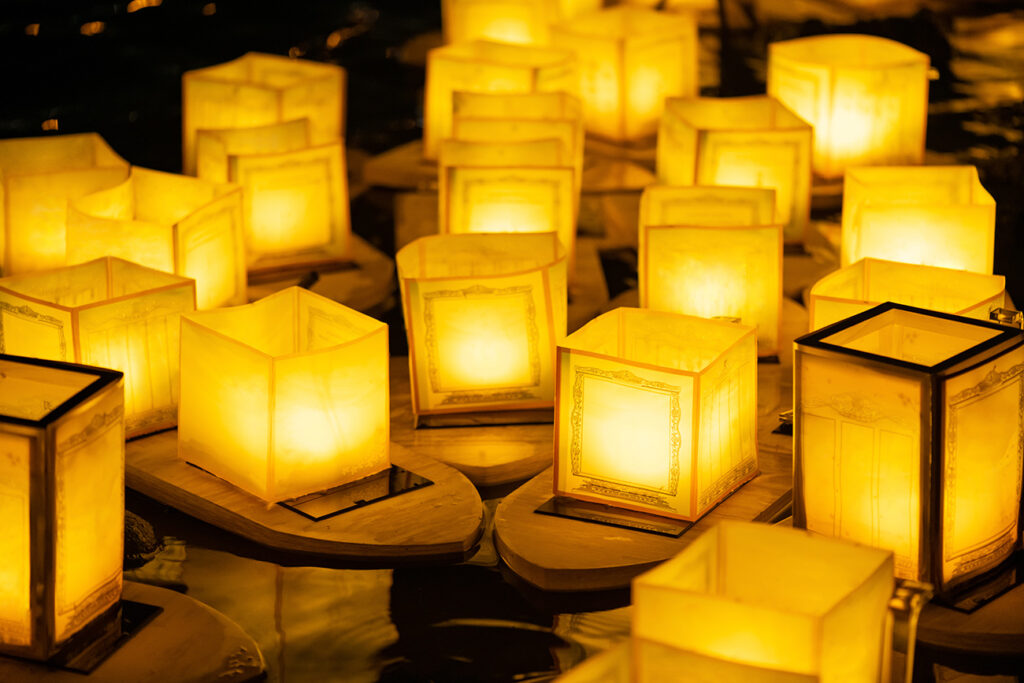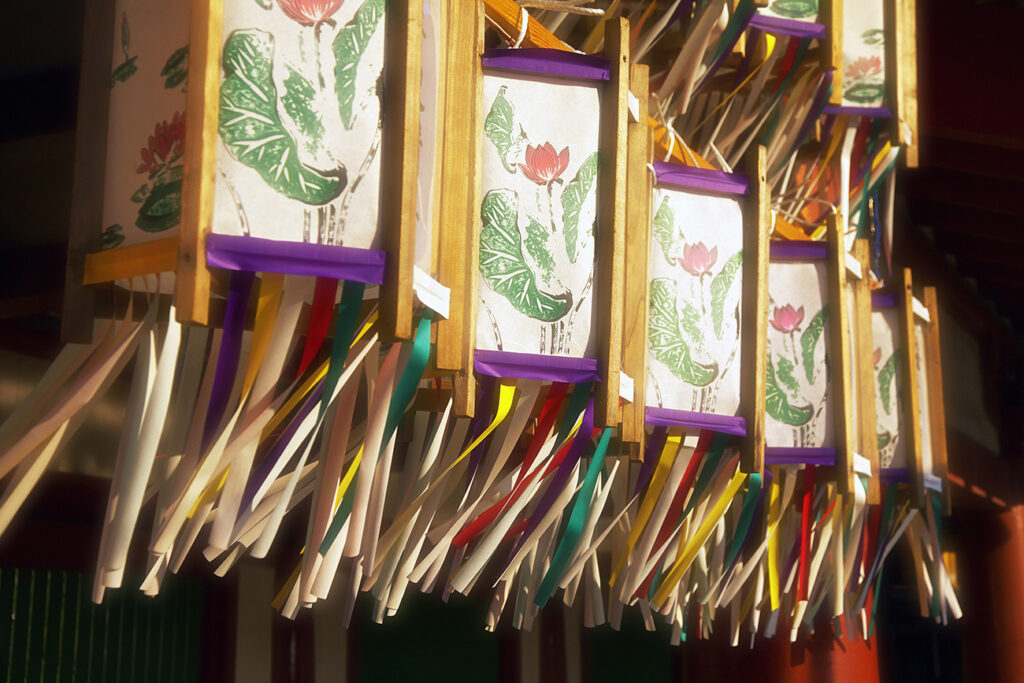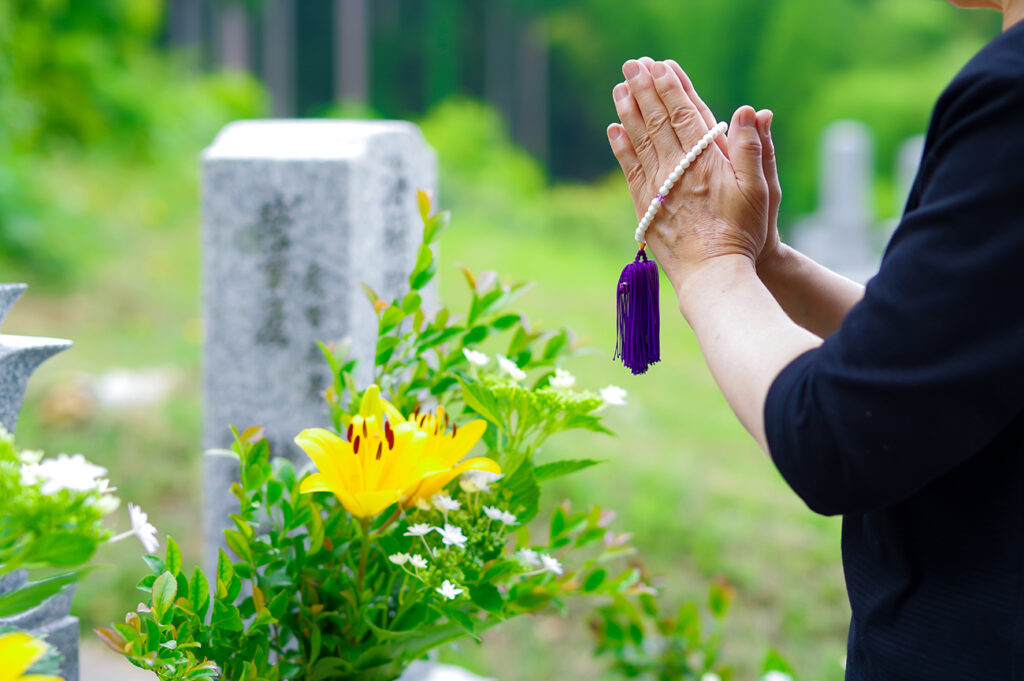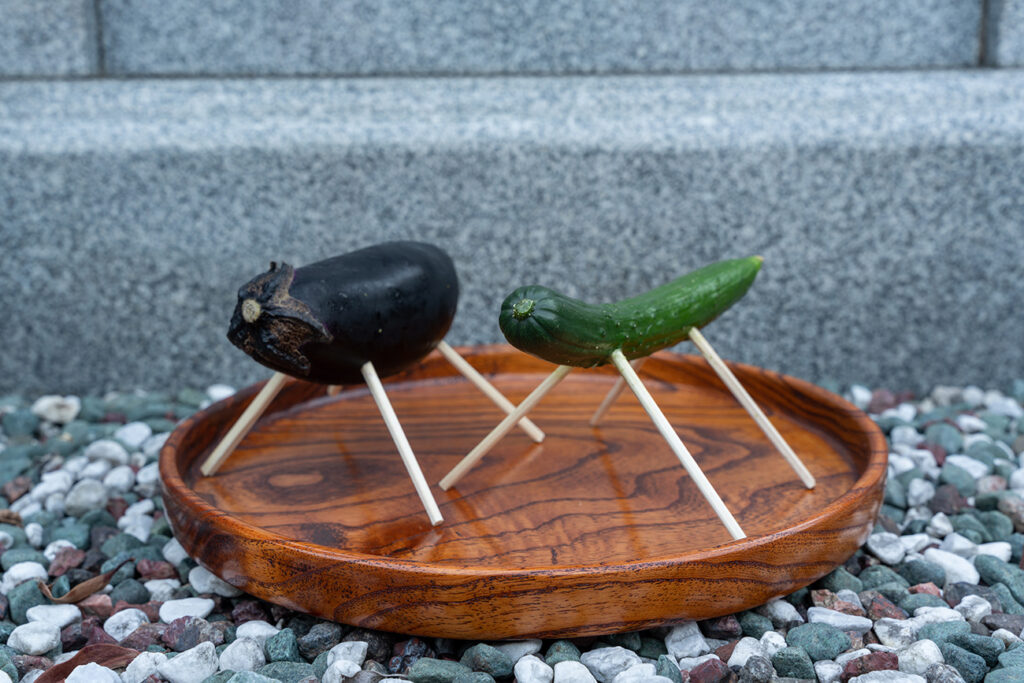
Halloween of Japan: The Obon Festival
Once a year Japan is a sudden contrast to the bustling, lively and vibrant place as seen in its capital, Tokyo. Trains are practically empty, and the streets are tranquil. Obon is the Japanese summer festival dedicated to welcoming the spirits of ancestors and reconnecting with the roots of family. It takes place in the peak of summer in August where flowers bloom and even the cemeteries where people flock to are filled with blossoming flora.
 The Obon Festival in Japan bears similarities to All Souls’ Day observed in the United States and various other regions around the world. Halloween is celebrated on the eve of All Saint’s Day on the 31st of October. Obon is an important Buddhist tradition dedicated to honoring the spirits of ancestors. Throughout this nationwide observance, Japanese families make it a point to come together. During the extended weekend, they visit the graves of their loved ones to show reverence and tend to the grave sites. This enduring tradition, dating back 500 years, features a dance known as Bon-Odori. The Obon Festival typically spans three days, with specific dates varying by region.
The Obon Festival in Japan bears similarities to All Souls’ Day observed in the United States and various other regions around the world. Halloween is celebrated on the eve of All Saint’s Day on the 31st of October. Obon is an important Buddhist tradition dedicated to honoring the spirits of ancestors. Throughout this nationwide observance, Japanese families make it a point to come together. During the extended weekend, they visit the graves of their loved ones to show reverence and tend to the grave sites. This enduring tradition, dating back 500 years, features a dance known as Bon-Odori. The Obon Festival typically spans three days, with specific dates varying by region.
Events to look forward to during obon
Mukaebi
Obon begins with the tradition known as “mukaebi,” where individuals create small bonfires in front of their homes to guide the spirits as they return. Early preparations include adorning the deceased’s altar with miniature memorial tablets, fruits, flowers, and Japanese sweets—a way to offer objects their departed loved ones enjoyed in their lifetime.
 Although primarily observed in rural areas these days, some regions fashion horse-shaped figures from cucumbers and cow-shaped figures from eggplants, affixing wooden sticks as legs. The symbolism behind this practice is that the horse assists spirits in returning home swiftly, while the cow gradually guides them back to heaven once the festival concludes. Additionally, many Japanese people initiate Obon by visiting the family cemetery, tidying the graves, and offering prayers for the peaceful existence of their departed loved ones—this ritual is known as “ohaka-mairi.”
Although primarily observed in rural areas these days, some regions fashion horse-shaped figures from cucumbers and cow-shaped figures from eggplants, affixing wooden sticks as legs. The symbolism behind this practice is that the horse assists spirits in returning home swiftly, while the cow gradually guides them back to heaven once the festival concludes. Additionally, many Japanese people initiate Obon by visiting the family cemetery, tidying the graves, and offering prayers for the peaceful existence of their departed loved ones—this ritual is known as “ohaka-mairi.”
Hoyo or Kuyo
On the second and third days of Obon festivities, families adhering to tradition extend invitations to a Buddhist priest to join them at their homes or visit a temple or shrine to conduct a sutra recitation and perform a memorial service, known as “hoyo” or “kuyo” in Japanese.
Following the recitation, they gather for a shared meal, where they reminisce about cherished memories of their departed loved ones. This meal, called “shojin ryori,” is entirely vegetarian and typically consists of dishes like stewed beans, spinach seasoned with soy sauce and sesame, or pickled cucumbers.
Okuribi
Obon culminates with the illumination of yet another bonfire, casting its glow into the night sky, a symbolic farewell to the departed ancestors on their journey to the netherworld. In various regions across Japan, lively bon-odori dances are organized, originally intended as a tribute to the deceased but now evolving into vibrant symbols of summer festivals in their own right.

